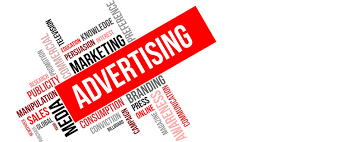Some people work better in the morning, while others are on their best game in the late afternoon. It’s just common sense, but many managers forget this simple fact when scheduling staff. Scheduling trade show booth employee shifts can take advantage of these differences and transform results into a more profitable ROI on marketing budgets.
Create A Blank Trade Show Booth Schedule
To start, create a blank spreadsheet of all the times the exhibit will need to be staffed. It is important to provide adequate time before opening and after closing each day of the event for preparation and clean up. You will also want to schedule time for morning and evening meetings, to discuss goals, what is working and what isn’t.
How Many Employees Will You Need?
There is a relatively simple formula for calculating event staffing needs. Start with the expected attendance and multiply that number by between 16-20%, depending upon the type of event. Next, multiply that number by 50%. If a particular show is highly targeted to your product, reduce the 50% to 35-40%. Divide that number by the hours of operation. This will provide an estimate of the number of visitors to be expected each hour. Divide that figure by the number of contacts each staff member can handle in an hour, for a relatively accurate guesstimate of staffing needs. For example, with an estimated attendance of 40,000, 40 hours of operation, and 10 contacts per hour per employee, you would use the following formula:
40,000 x.20 = 8,000
8,000 x.50 = 4,000
4,000/40 = 100
100/10 = 10
In this scenario, then, it would take 10 employees to staff the trade show booth effectively.
Invite Staff Input
Asking employees themselves is one way to ensure that everyone gets onboard and enthusiastic about the event. You can post the schedule and invite staffers to work it out amongst themselves. While this can be hectic, it also creates a vested interest in the slots selected. They are more likely to feel ownership of their time slots if they selected them themselves. If this approach does not fulfill staffing needs, then talk with each staffer individually to learn more about their expectations, wants, and needs.
Keep Shifts Short
Ideally, each shift should be 2-3 hours long and no more than 4 hours at the max. Breaking up shifts in this way provides employees with time to get away and clear their heads. They may also explore other trade show booth presentations and return with valuable ideas or information.
Set Ground Rules
Make sure that staff members know they should arrive at the trade show booth 10-15 minutes before their shift, in case changes or situations occur. This also ensures smooth transitions and uninterrupted customer service.
To learn more about making the most of your marketing event appearance, search through the tips available from reputable trade show booth development and design companies to learn from the mistakes and success of others.






